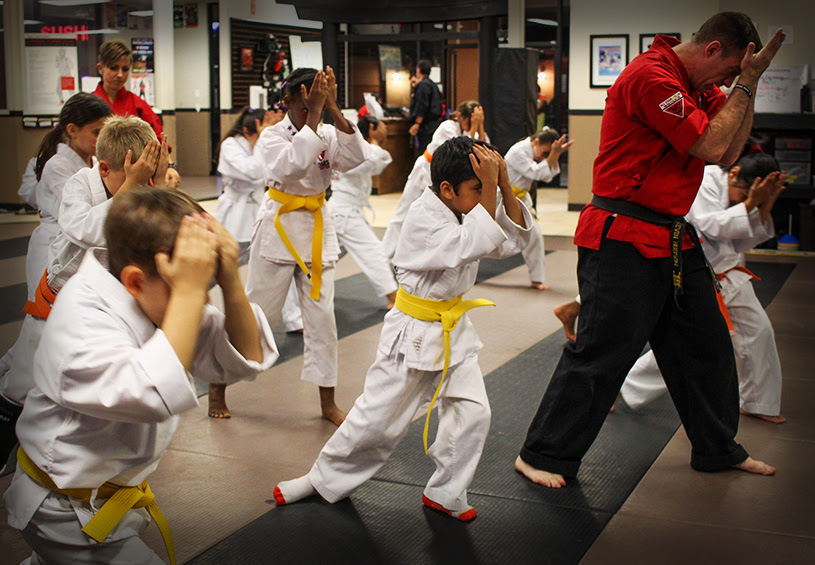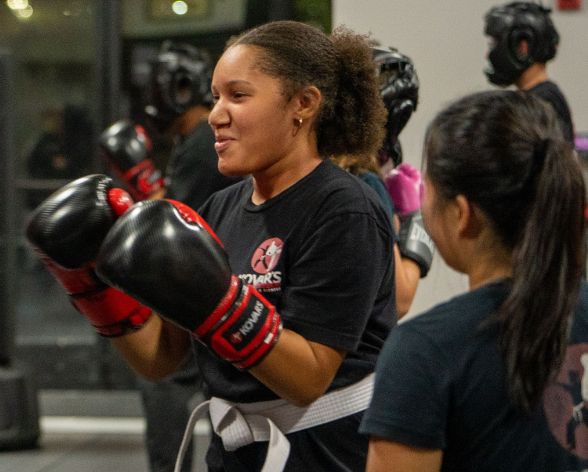How to Teach Your Child to Make Friends and Avoid Bullying
In these first few weeks of school, friendships can develop either good or bad much to the chagrin of parents.

As your children kick off a new school year it’s common for new classroom placements to mix up who they were friends with from the year prior. They might see their friends from last year on the playground but they will most likely formulate new attachments this year with the kids in their new class as well.
In these first few weeks of school, friendships can develop either good or bad much to the chagrin of parents. For this reason it is important to help your child recognize good character in themselves and in others.
Talk to your kids about behavior and what you expect of them and what they should look for in the friendships they make at school. At Kovar’s we teach that a leader is someone who is strong on the inside. Good leaders share and let others go first. Also, a good leader only says nice things about others. It is a mean person who talks bad, puts others down, or teases others when they make a mistake.
Secondly, practice a polite greeting with your kids. A polite greeting is important for children to learn, not only because it shows good manners, but when they look someone in the eye, give them a firm handshake and confidently say their name, their behavior says “I’m a nice, honest, trustworthy and confident person, and don’t pick on me.” For fun, you can have them introduce themselves as their favorite character, such as, “Hi, I’m Batman”, or, “Hello, I’m Spiderman.” etc.
Another beginning of school concept you can show your kids is the importance of body language. At Kovar’s we teach kids to recognize what type of message their body is speaking by using Super Kid vs. Shy Kid metaphor. When students portray what we call “Super Kid” they are standing up tall with their head held high and are looking straight ahead, versus “Shy Kid” their posture is bent, their head is hanging down, and they are looking at the ground. Body language that portrays self-confidence will greatly help them during these first few weeks of school when friendships and “pecking order,” so to speak, is being established. A “Super Kid” stance says you can be my friend as long as you share the same values I have, and I won’t be manipulated. Naturally, kids that don’t share the same characteristics or qualities a “Super Kid” has will leave them alone because they’re looking for someone they can have power over and potentially bully.
---
Everyone has the right to feel safe. If you or someone you know needs help with bullying, go to [https://www.kovars.com/done-with-bullying/](https://www.kovars.com/done-with-bullying/)



